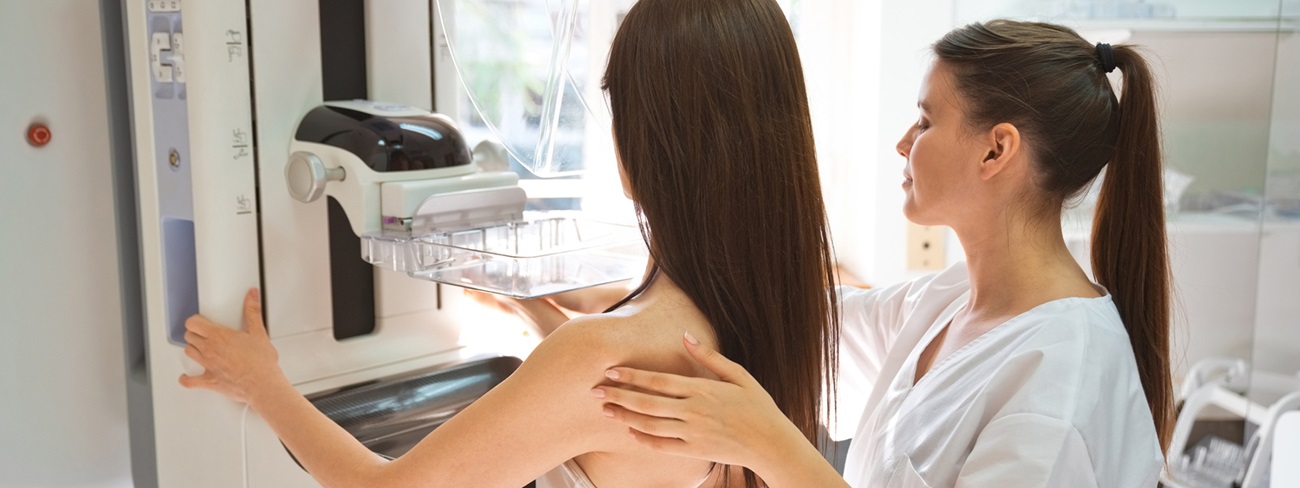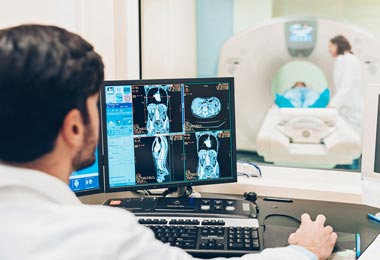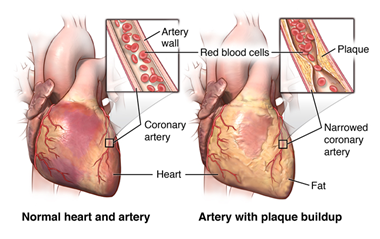Patient Story
Breast Cancer: Kate's Story
Months after a painful divorce, Kate noticed a lump in her breast while getting undressed.
“I was afraid of what the lump might mean, so I waited several weeks before finally making an appointment with my doctor,” she said. That appointment led to a mammogram followed by a biopsy. Kate’s greatest fear was confirmed: She had breast cancer.
“The diagnosis was a complete surprise. I ate right, exercised and no one in my family had cancer,” said Kate.
Finding Hope at Hopkins
After exploring options in Baltimore and beyond to find what she felt was the best treatment team for her, Kate decided to receive treatment from Johns Hopkins. Kate’s medical team combined specialists in imaging, surgery and oncology to help her fight breast cancer.
“Everyone from imaging and surgery through radiation treatment took great care of me,” she said. “I feel like they really cared about meeting my individual needs both medically and emotionally.”
Kate says this was especially critical for her given the lack of adult family support. Her oldest son was away at college and she did not have family nearby who could help.
“Facing cancer is a rugged process and I didn’t have another adult at home I could turn to,” said Kate. “At night I would lie alone in the dark, crying.”
Kate had surgery to have the lump removed, followed by chemotherapy and radiation for the next four months. Two weeks into treatment, her hair fell out.
“It was daunting being newly single, nearly fifty and bald,” said Kate. Months of surgery, chemotherapy and radiation came to an end and Kate is now considered a survivor in remission.
At Kate’s first post-breast cancer mammogram, she said a conversation with Dr. Lisa Mullen helped her achieve a sense of peace.
“Dr. Mullen helped me feel confident that today there is no cancer, and that is the best answer I can have,” she said. “The only way I can be a 20- or 30- or 40-year survivor is to be a survivor today.”
From Surviving to Thriving
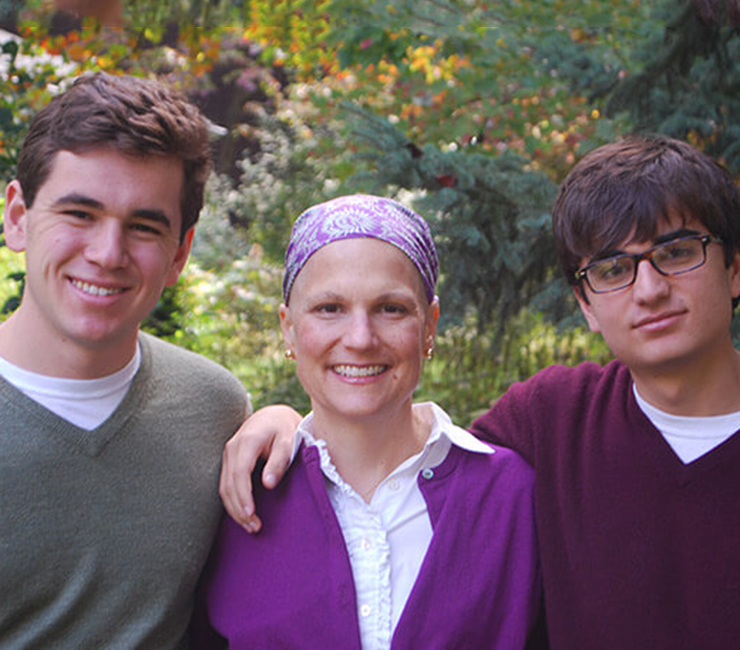 Kate and her sons
Kate and her sonsKate’s story of being a single mom facing cancer is not unique, but it is often an untold story.
“There are more women than you know who face this alone,” she said. “I have wonderful friends who came to appointments and supported me. There is no way I could have gotten through this without them, but the reality is going through the process with a child to raise and no adult support at home is overwhelming.”
Kate wants all women, especially single moms, to know they can overcome a breast cancer diagnosis and that life can be good again.
“Getting through breast cancer showed me the strength I had inside. Today I know I am not just a survivor, I am a ‘thriver.’”
Helping to Spread Hope at Hopkins
As she rebuilt her life, Kate wanted to use her experiences to help others. In July 2013, Kate began a position at Johns Hopkins Medical Imaging as a patient liaison. Kate felt that radiology and imaging are an important piece of the cancer treatment process because so often that is the place where patients find answers about what is happening inside their bodies and her experiences would help other patients who found themselves in a similar situation.
“My own incredible experience as a patient at Johns Hopkins informs how I do what I do each day,” she said. “I want every patient to feel they are the most important person in the room, so that in addition to having top medical care, they feel cared for on an emotional level.”
“Patients either get launched or sunk by what they learn. Whether it’s for a mammogram, a MRI or any other imaging test, it’s scary until you get the answers,” said Kate. “I know that in that moment, finding an answer is the patient’s whole world while they wait.”
After 2 ½ years as a Patient Liaison, Kate moved to in-patient customer service positions at The Johns Hopkins Hospital before joining The Johns Hopkins Women’s Wellness and Healthy Aging Program as a Program Coordinator and Patient Navigator. In this role she works with individual patients and providers to understand patient needs and facilitate consultations with appropriate specialists, in a timely fashion.
Kate explains that this Program’s diverse team of supportive and compassionate specialists work to provide women health screenings, preventive health maintenance and prompt treatment of emerging illness during menopause and in the post reproductive years that follow. In this new initiative Kate’s knowledge around imaging specialties is often helpful as she continues her mission to help patients navigate their own health journey.
Kate's Treatment Team
-
Fariba Asrari, MD

- Director, Johns Hopkins Breast Center - Green Spring Station
Expertise: Radiation Oncology
Primary Location: Johns Hopkins Health Care & Surgery Center - Green Spring Station, Lutherville, Lutherville, MD
-
John H Fetting, MD

- Associate Director for Clinical Practice
Expertise: Hematology Oncology, Medical Oncology
Primary Location: Johns Hopkins Health Care & Surgery Center - Green Spring Station, Lutherville, Lutherville, MD
-
Lisa Jacobs, MD MSPH

- Division Chief, Breast Cancer Surgery
Expertise: Breast Surgical Oncology, Breast Surgery
Primary Location: Johns Hopkins Howard County Medical Center, Columbia, MD
-
Lisa Mullen, MD
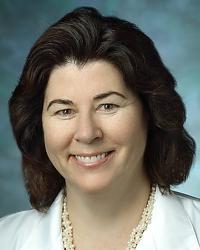
- Breast Imaging Fellowship Director
Expertise: Diagnostic Radiology
Primary Location: The Johns Hopkins Hospital, Baltimore, MD
Johns Hopkins Breast Imaging
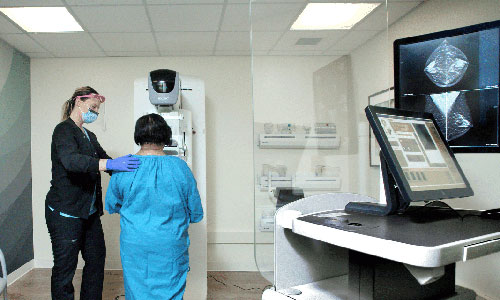
Johns Hopkins’ breast imaging radiologists are leaders in the field who specialize in breast imaging, reading only breast images. Our state-of-the art breast imaging technology combined with expert interpretation will provide you with the best possible patient care.

